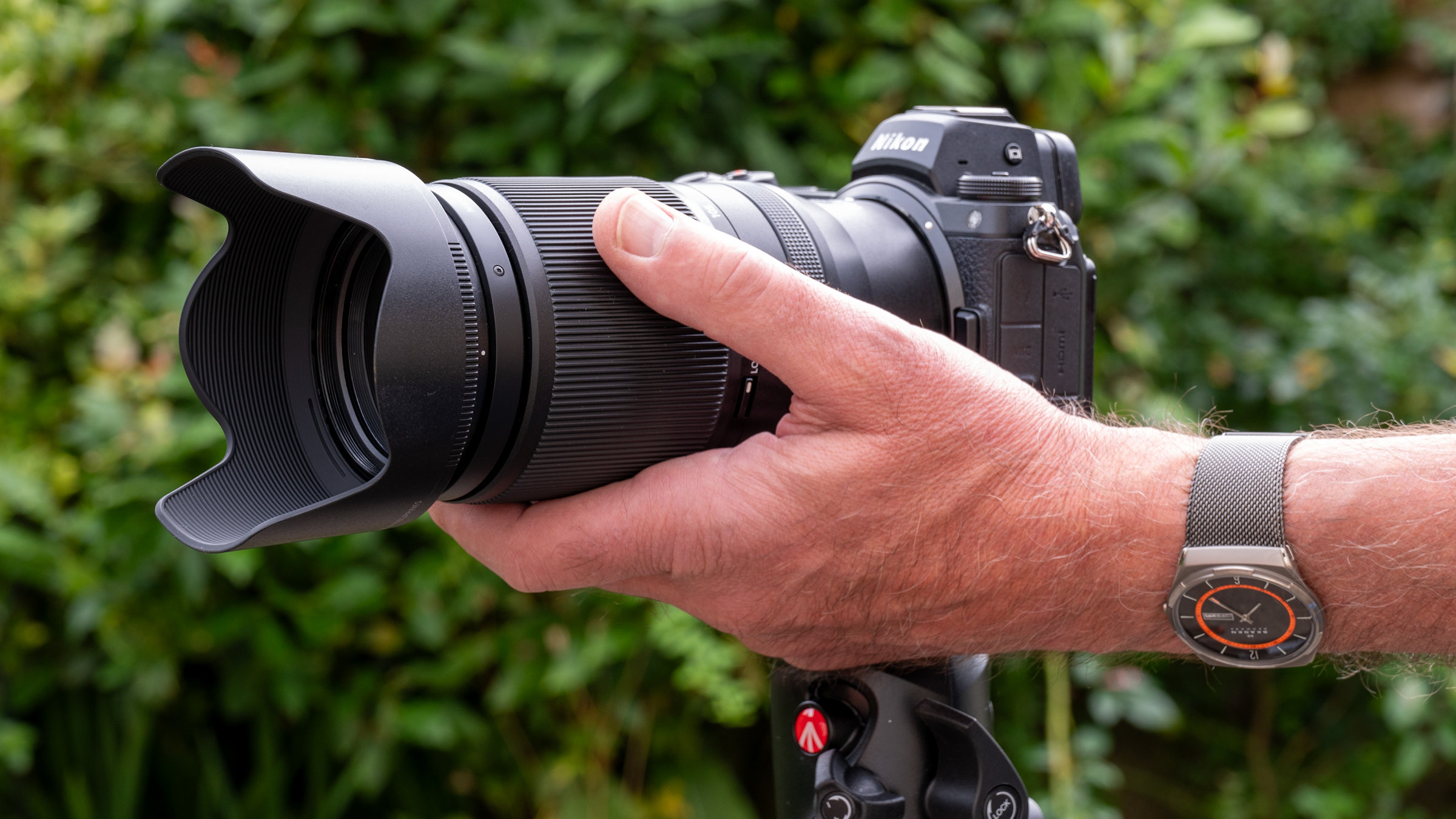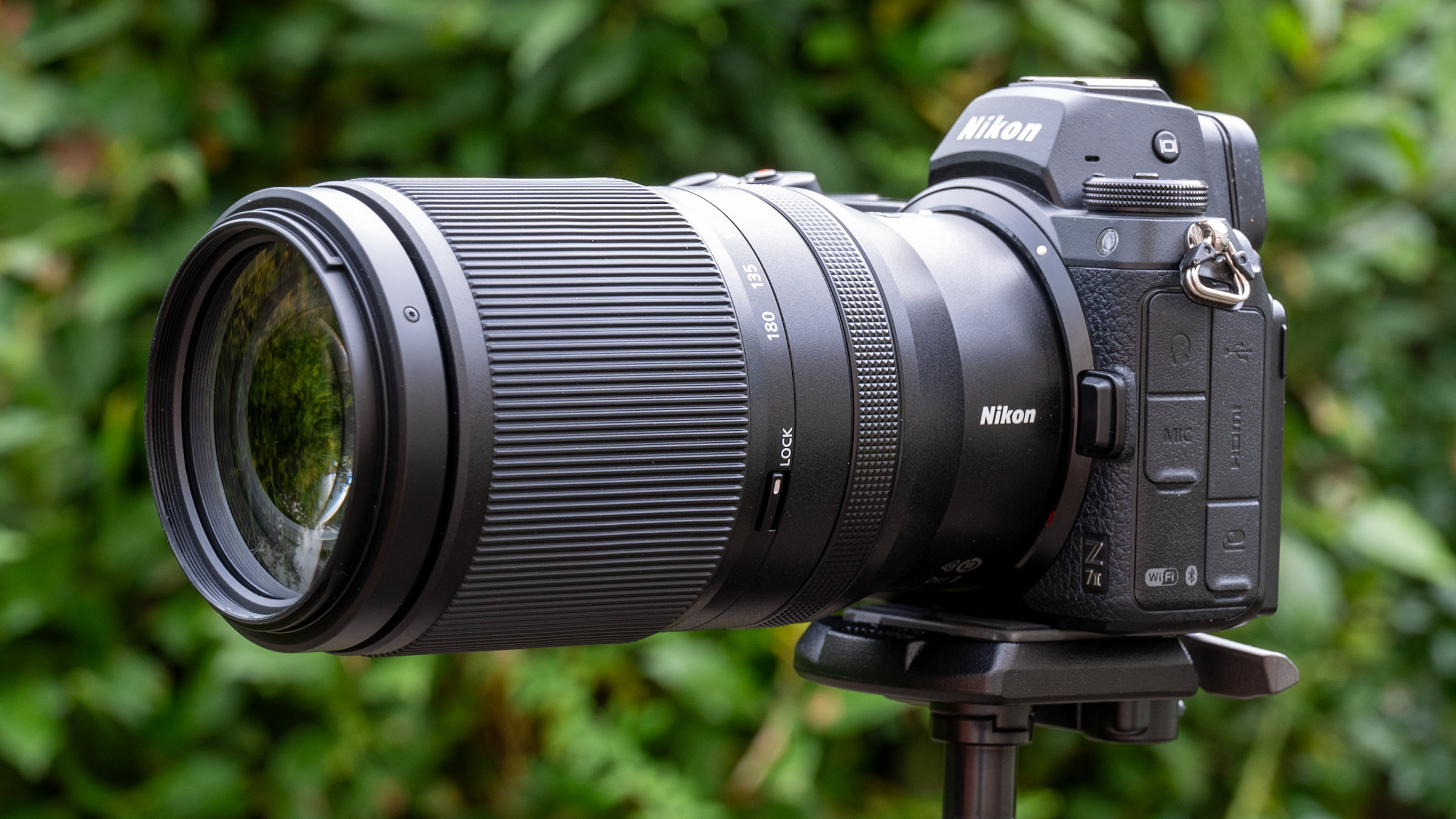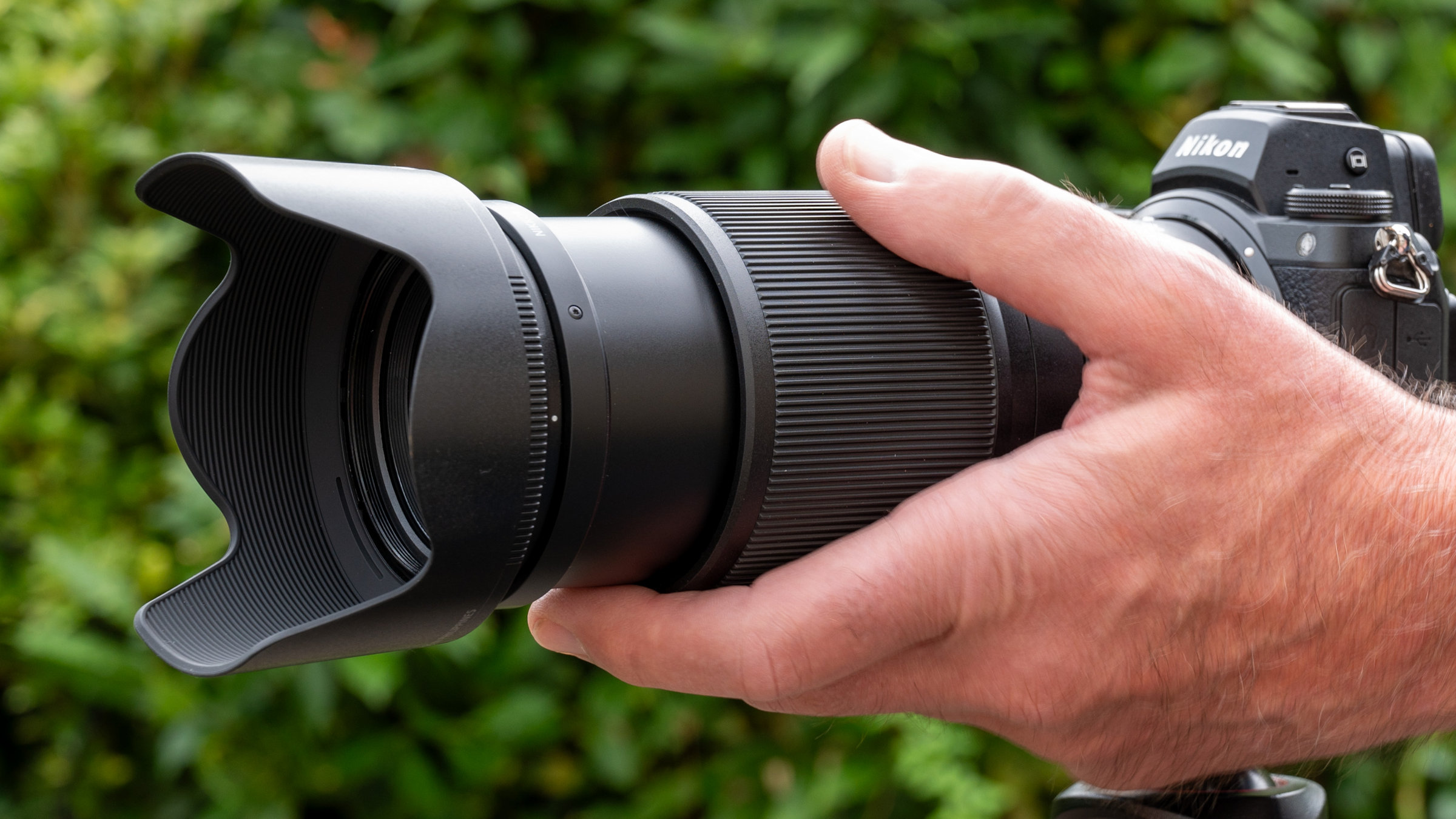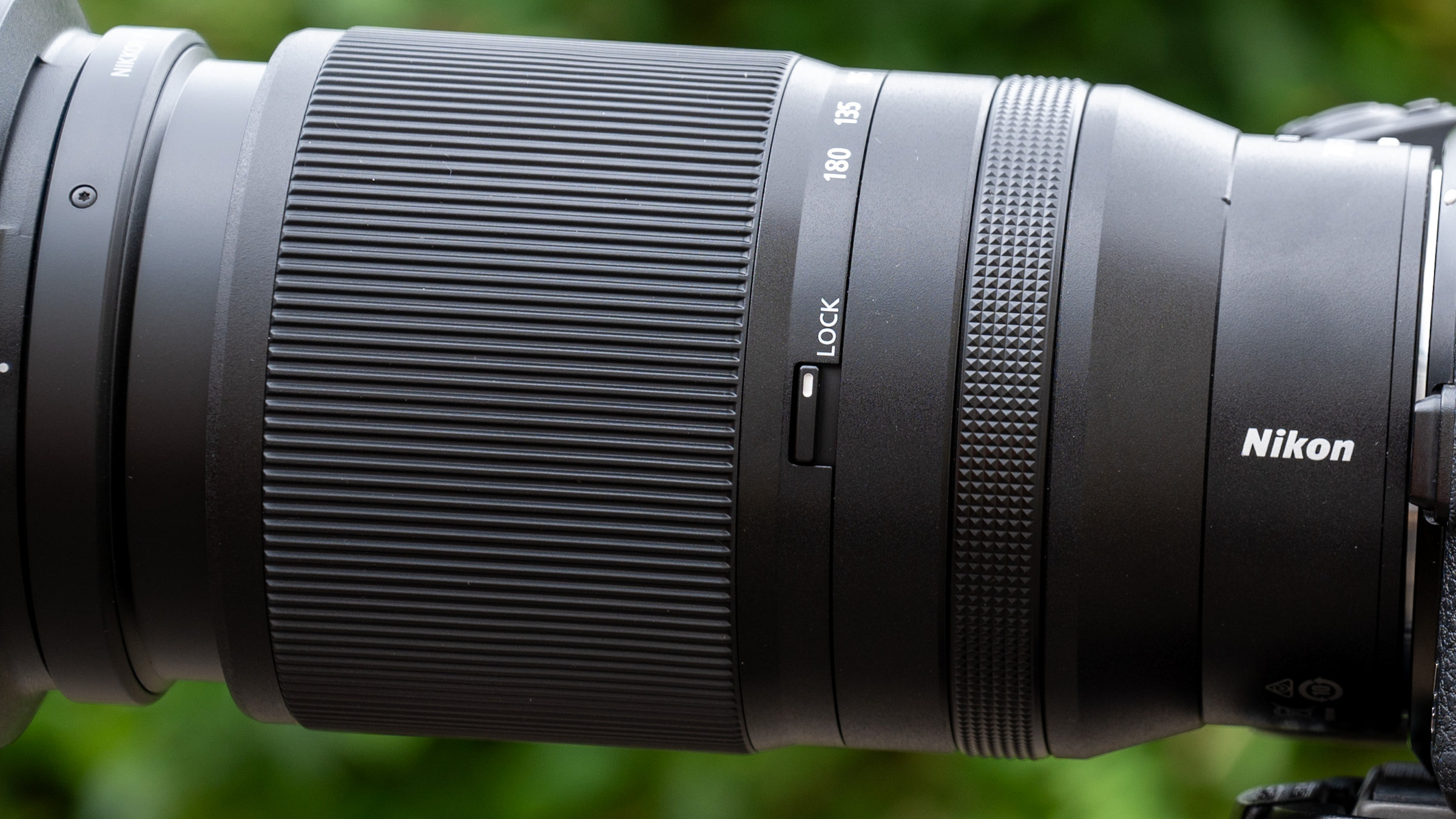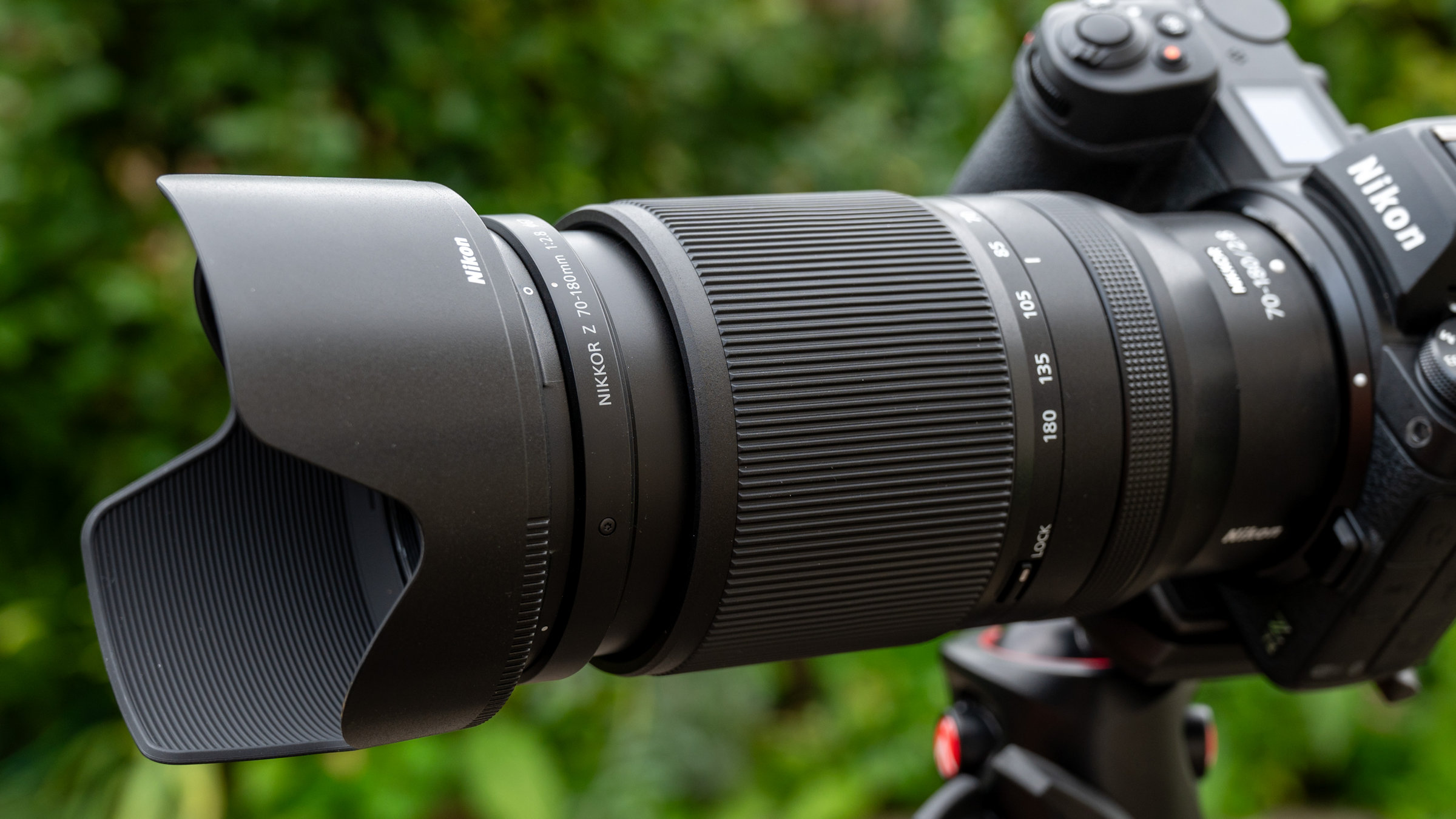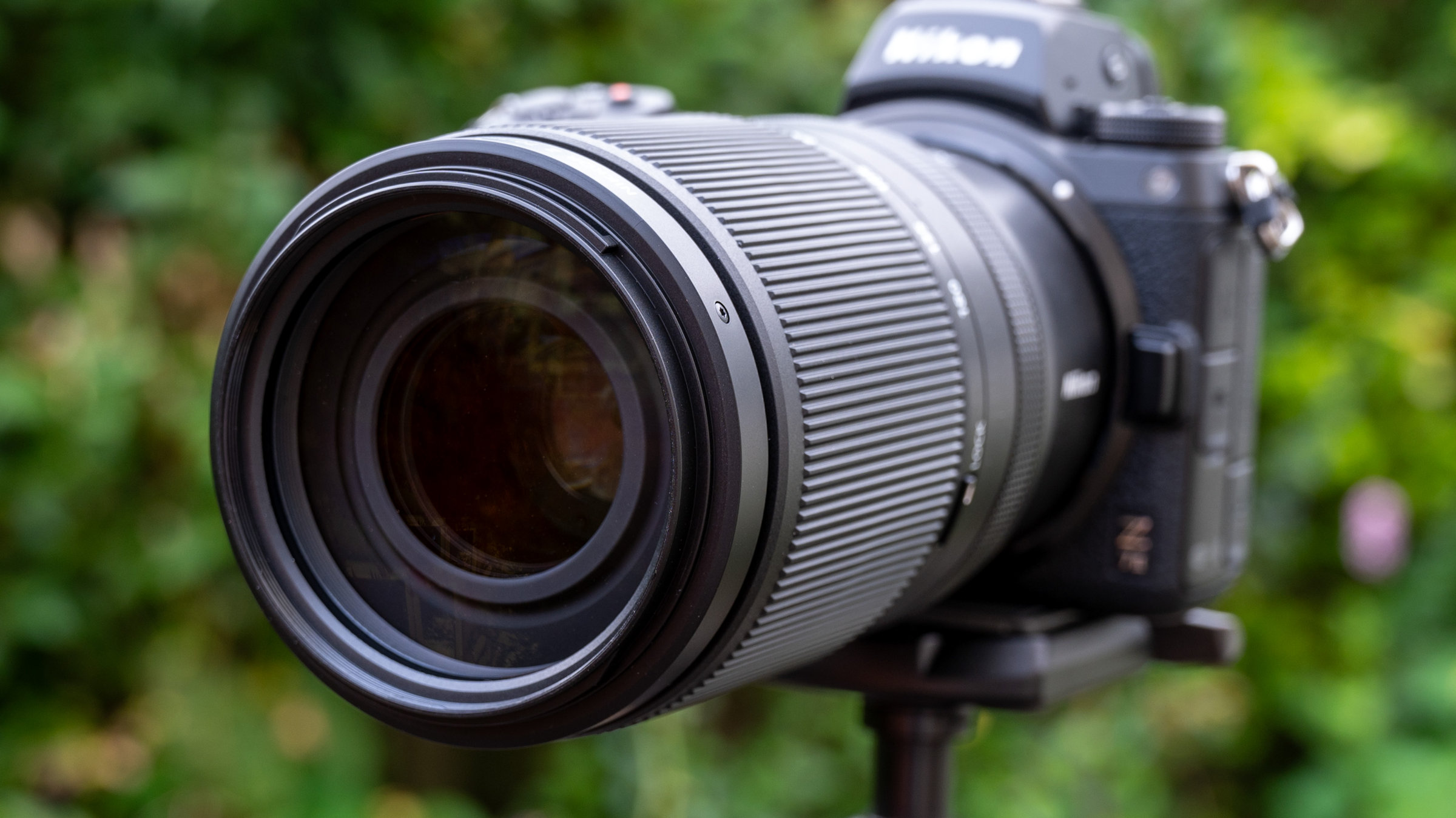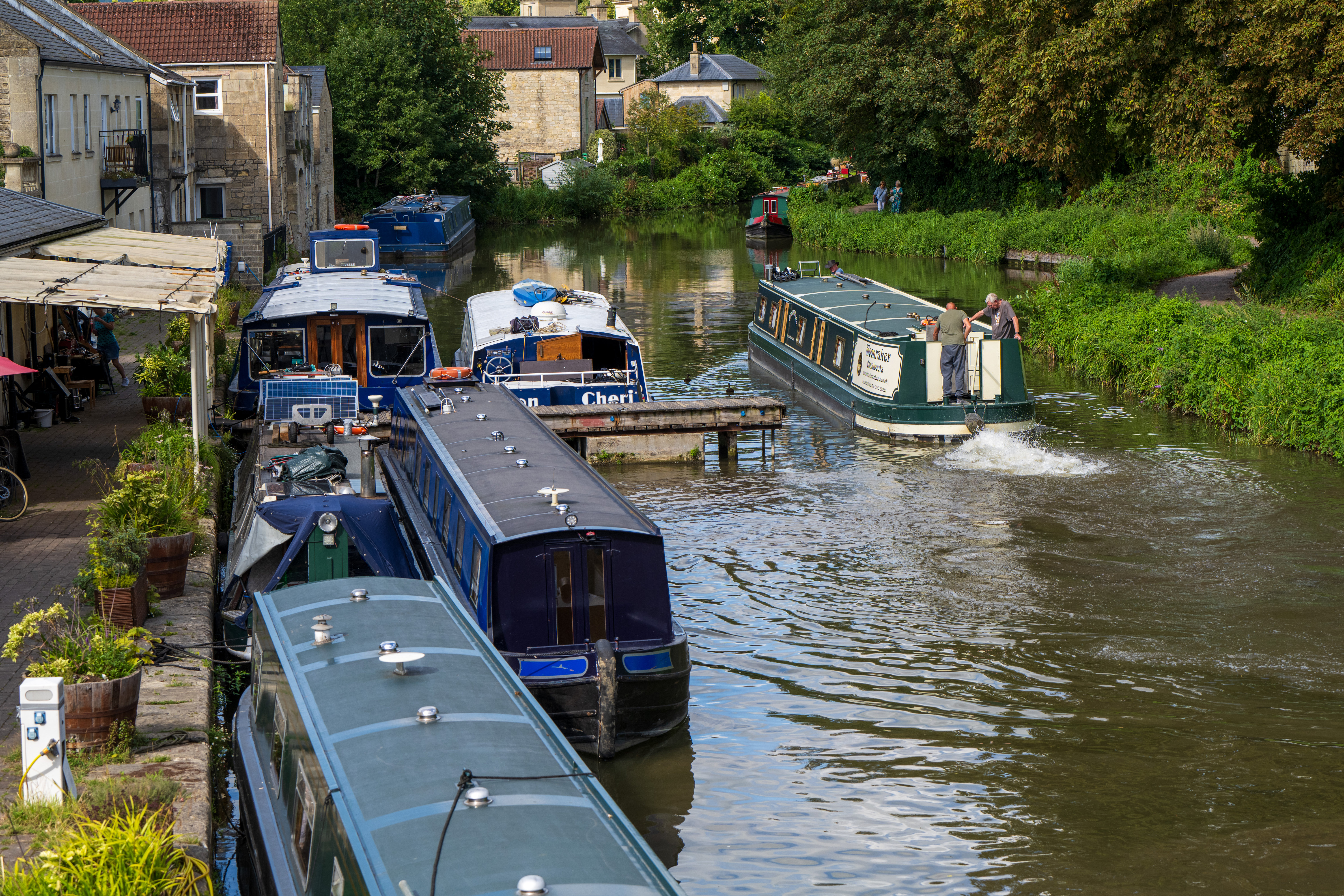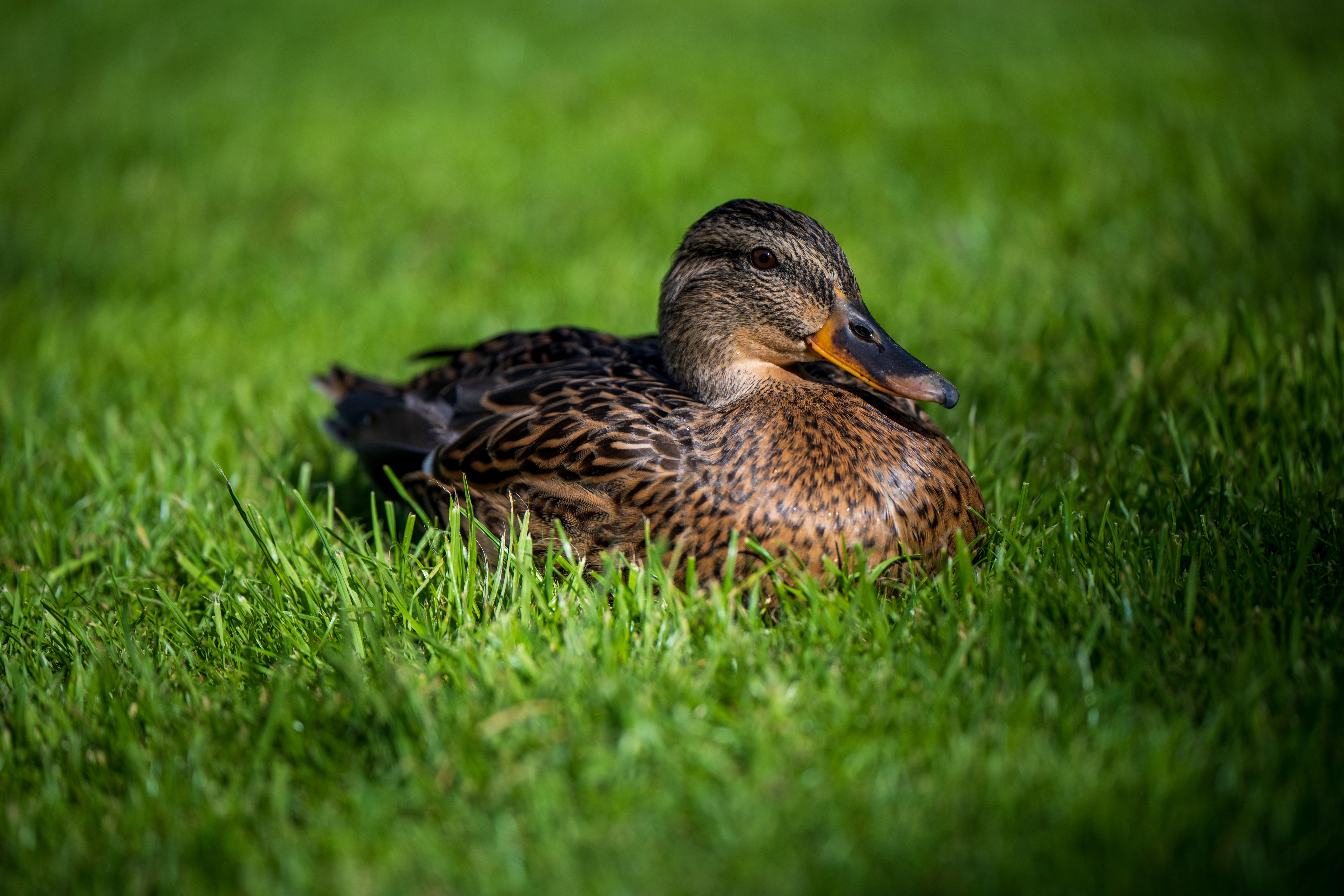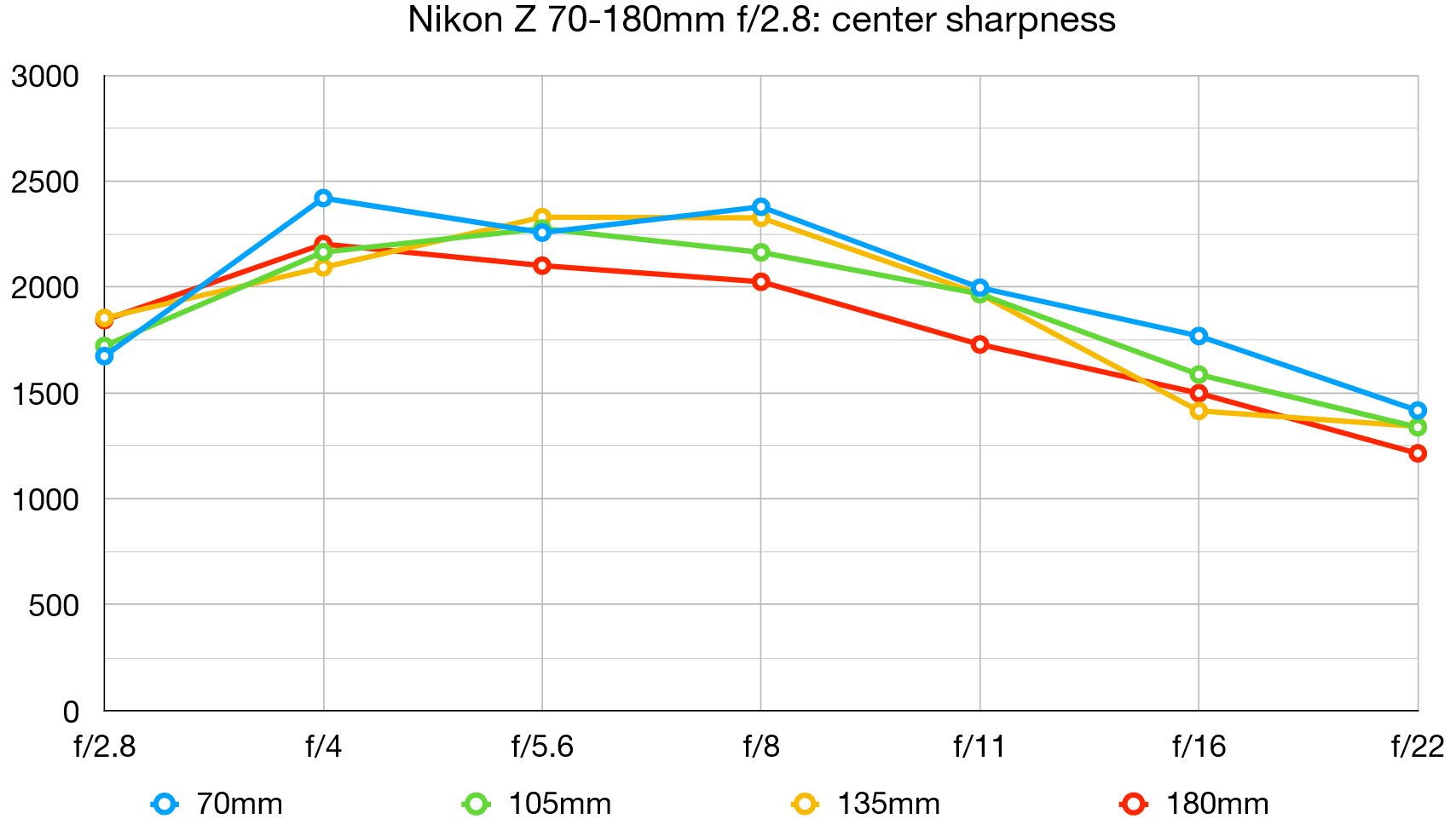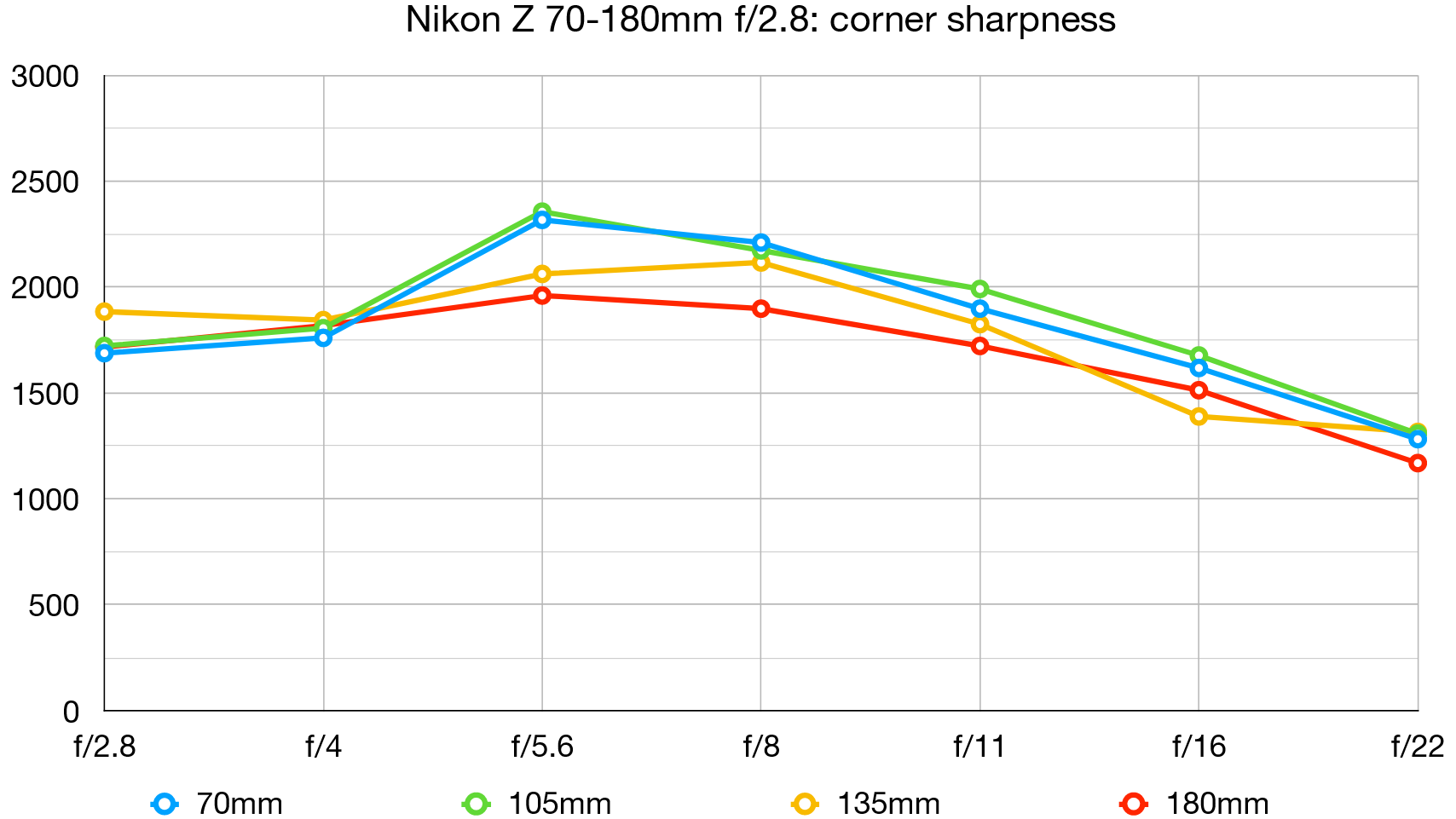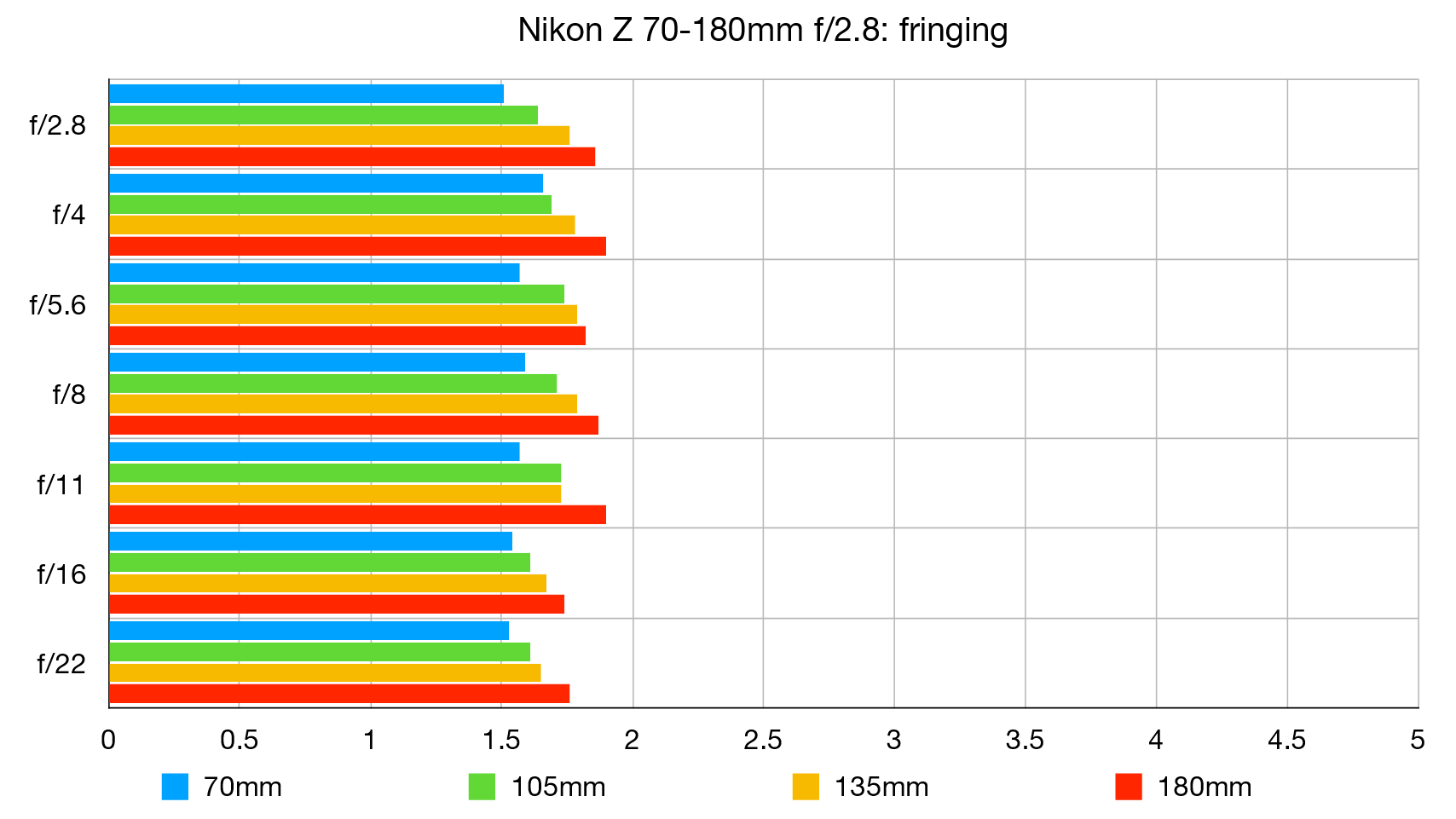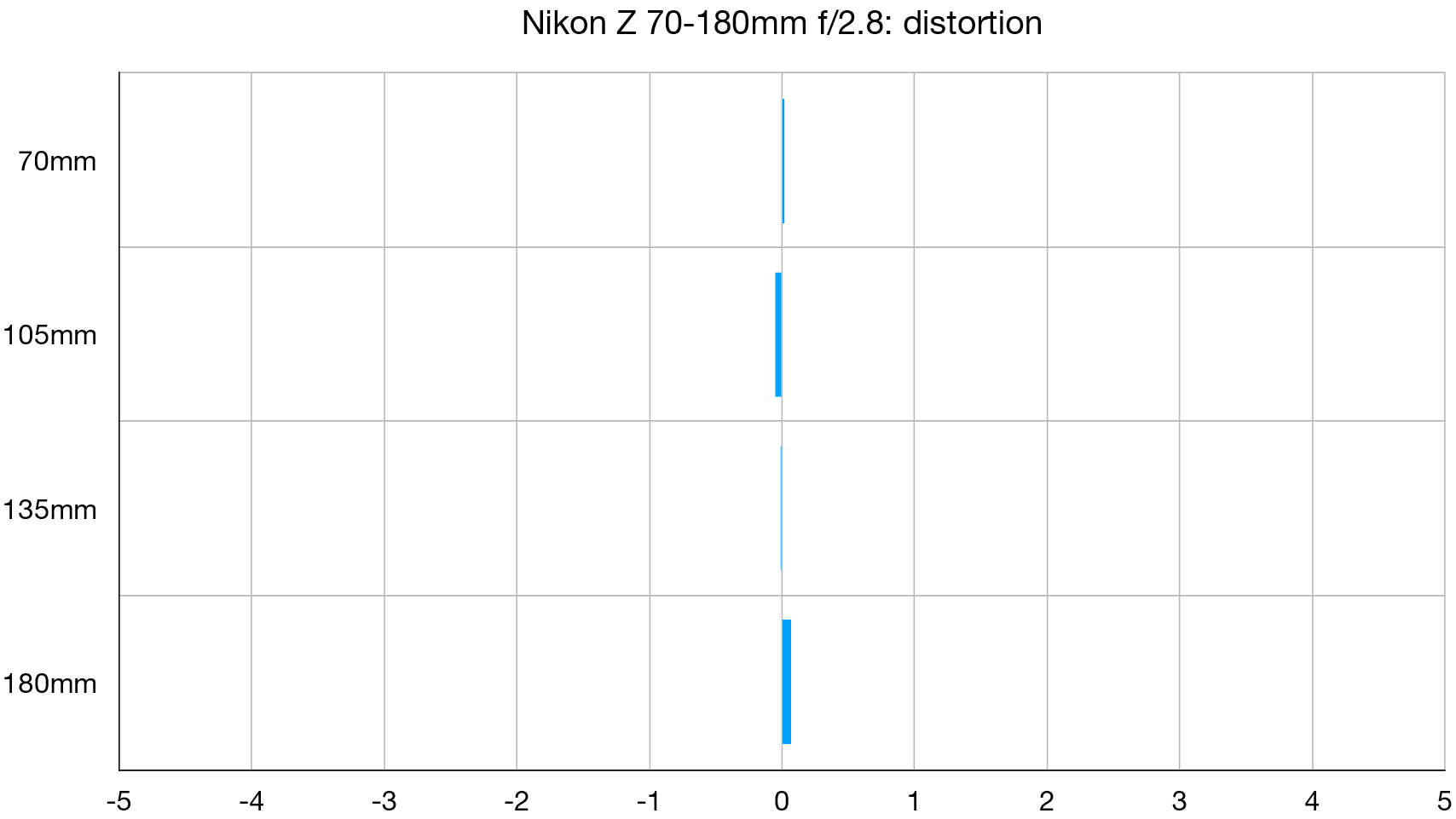Digital Camera World Verdict
Building on the success of the excellent Nikon Z 17-28mm f/2.8 and Z 28-75mm f/2.8 lenses, this new Z 70-180mm completes an alternative trinity of fast, constant-aperture f/2.8 zooms. Like the other two lenses in the trilogy, it’s relatively compact, lightweight and inexpensive, compared with full-on pro-grade counterparts. It’s a shame the lens lacks optical VR (Vibration Reduction), especially if you’re using it with a DX format Z-system camera, none of which have IBIS, so far at least. Even so, the 70-180mm is nicely built, simple to use and capable of gorgeous image quality, combining very good sharpness with beautiful bokeh.
Pros
- +
Constant f/2.8 aperture
- +
Relatively compact and lightweight
- +
Beautiful bokeh
Cons
- -
No optical VR
- -
Extending inner barrel
- -
Rudimentary onboard controls
Why you can trust Digital Camera World
The Nikon Z 70-180mm f/2.8 proves that relatively fast f/2.8 constant-aperture telephoto zooms don’t have to be big and heavy. Indeed, while most ‘trinity’ wide-angle, standard and telephoto zooms are typically hefty affairs, Nikon’s Z 17-28mm f/2.8, Z 28-75mm f/2.8 and this new Z 70-180mm lens are relatively compact and lightweight. Sure, the wide-angle and standard zooms don’t have quite such a wide maximum field of view as typical trinity lenses, and the 70-180mm doesn’t quite stretch to the usual 200mm, but they’re not far short and much less expensive to buy. A plus point for filter fans is that all three lenses have the same 67mm attachment thread.
We’ve previously been highly impressed with Tamron’s 17-28mm f/2.8 Di III RXD, 28-75mm f/2.8 Di III VXD G2 and 70-180mm f/2.8 Di III VXD lenses for Sony cameras. It seems that Nikon has been enamored too, as all three of the Z-mount lenses are essentially re-engineered and re-badged NIKKOR versions of the Tamron lenses.
One thing that’s lacking in both the Tamron and Nikon 70-180mm is optical image stabilization. You could argue that recent Sony full-frame E-mount cameras and all Nikon full-frame Z-mount cameras have IBIS (In-Body Image Stabilization), but that tends to be less effective when using telephoto lenses. That’s why Nikon Z telephotos tend to feature optical VR (Vibration Reduction), including the Z 24-200mm f/4-6.3 VR superzoom. Interestingly, Tamron has announced a new G2 (Generation 2) edition of its 70-180mm lens for Sony cameras, with the addition of VC (Vibration Correction), Tamron’s proprietary optical stabilization system.
The lack of VR is certainly an issue if you want to use the 70-180mm on one of Nikon’s DX format Z-system cameras like the Z 30, Z 50 and Z fc, as none of these has IBIS. Even so, it’s a tempting proposition for these cameras, on which it gives an ‘effective’ zoom range of 105-270mm.
On a personal note, I’m not fussed about the slight lack in telephoto reach compared with a 70-200mm zoom. In real-world shooting, I don’t find much of a difference between 180mm and 200mm focal lengths. I generally feel the relative lack of wide-angle potential with the 17-28mm and 28-75mm zooms is much more noticeable, compared with my Nikon Z 14-30mm f/4 S and Z 24-70mm f/4 S lenses, respectively. Sure, they’re an f/stop slower but these retractable zooms are two of my all-time favorites, for compactness as well as overall performance.
Nikon Z 70-180mm f/2.8: Specifications
Mount: Nikon Z (FX)
Lens construction: 19 elements in 14 groups
Angle of view: 34.3-14.7 degrees
Diaphragm blades: 9
Minimum aperture: f/22
Minimum focusing distance: 0.27-0.85m
Maximum magnification ratio: 0.22-0.48x
Filter size: 67mm
Dimensions: 83.5x151mm
Weight: 795g
Nikon Z 70-180mm f/2.8: Key features
Top of the features list is that relatively fast f/2.8 constant aperture. At the long end of the zoom range, that makes it at least two f/stops faster than most ‘budget’ telephoto zooms that have a variable aperture rating. And if you feel that compactness is key for a mirrorless camera system, the lens scores highly, measuring just under six inches in length and weighing in at 795g. As such it’s nearly three inches shorter than Nikon’s more classic Z 70-200mm f/2.8 VR S trinity telephoto zoom, little more than half the weight and about half the price to buy.
Despite the relatively compact, lightweight design, there’s certainly no shortage of quality glass. The lens features 19 elements in total, arranged in 14 groups. These include no less than five ED (Extra-low Dispersion) elements, one Super-ED element and three aspherical elements, the combination aiming for superb contrast and clarity with minimal aberrations.
The inclusion of a linear stepping motor is unsurprising, as it enables fast autofocus for snapping onto subjects and tracking them in motion for stills, along with smooth and virtually silent autofocus transitions when shooting video.
Nikon Z 70-180mm f/2.8: Build & handling
Although relatively small and lightweight for an f/2.8 telephoto zoom, the lens feels solidly built and includes multiple weather-seals in addition to a rubber gasket on its metal mounting plate. Compared with many 70-200mm f/2.8 lenses, it’s wonderfully light to carry around and very comfortable to use, even for long periods of handheld shooting. It actually looks and feels more like a high-quality 70-300mm variable-aperture zoom in size, weight and handling.
The best camera deals, reviews, product advice, and unmissable photography news, direct to your inbox!
The top-notch Nikon Z 70-200mm f/2.8 VR S is positively bristling with customizable function buttons, an OLED info display and other handling exotica. By contrast, the 70-180mm is a much more straightforward affair. As usual with Nikon Z-mount lenses, it has an electronically-coupled focus ring which is smooth and precise, as well as being customizable. For example, you can assign its action to control over aperture, ISO and exposure compensation when in autofocus mode, as alternatives to the regular manual focus override.
The zoom ring works equally smoothly and precisely but, unlike with many constant-aperture telephoto zooms, there’s an inner barrel that extends as you stretch through the range from 70mm to the 180mm mark. Even so, it only stretches by just over an inch, which shouldn’t cause any concern, even if you’re using a gimbal. There’s a slightly added risk of the ingress of dust and moisture into the lens when you’re zooming in and out but, again, it shouldn’t really be a problem. For comparison, Canon’s top-flight trinity RF 70-200mm F2.8L IS USM has an extending inner barrel, and that lens isn’t even compatible with tele-converters.
There are no switches on the lens for the likes of AF/MF focus mode, nor any customizable L-fn (Lens function) buttons. Indeed, apart from the zoom and focus rings, the only other onboard control is a zoom lock switch, which guards against the inner barrel extending accidentally, especially when you’re carrying it around attached to a camera. While in use, our test sample of the lens didn’t suffer from any zoom creep even when shooting vertically upwards or downwards. On the whole, handling is simple but highly effective.
Nikon Z 70-180mm f/2.8: Performance
A major plus point of a 70-200mm f/2.8 (or 70-180mm f/2.8 in this case) is that it’s capable of a tight depth of field, especially towards the long end of the zoom range. This makes it ideal for portraiture and wildlife photography, when you want to isolate the main subject in a scene by blurring the background. The lens does very well in this respect, with smooth and creamy bokeh. Tamron lenses generally deliver very good bokeh and this Nikon picks up the baton. Indeed, we found bokeh to look a little smoother than from Nikon’s much pricier Z 70-200mm f/2.8 VR S.
Another bonus is that the lens has a short minimum focus distance, which stretches from 0.27m to 0.85m as you extend through the zoom range. At the long end, you can get 0.48x macro magnification, which practically matches a 0.5x macro lens for extreme close-ups of small subjects. The lens is compatible with Nikon’s Z-system 1.4x and 2.0x tele-converters, the latter boosting the maximum magnification to 0.96x, which is nigh-on full 1.0x magnification, to all intents and purposes. However, sharpness in macro shooting is good rather than great, and certainly no match for a dedicated macro prime lens like the Nikon Z MC 50mm f/2.8 and Z MC 105mm f/2.8 VR S. In fact, sharpness at very short focus distances is less impressive than at more typical distances. We noticed the same thing with the Nikon Z 40mm f/2 prime.
Naturally, another performance factor is that the f/2.8 aperture enables faster shutter speeds under low lighting conditions for freezing movement, compared with, say, a variable-aperture f/4-5.6 telephoto zoom. Sharpness wide-open at f/2.8 is therefore important. We’ve generally found Nikon Z-mount lenses to be razor-sharp. The 70-180mm isn’t quite as spectacularly sharp as the Z 70-200mm f/2.8 VR S but it’s still very good indeed, only dropping off a little wide-open at f/2.8, where it’s still perfectly acceptable. Edge/corner-sharpness is actually a little better than from the Z 70-200mm at the long end of the zoom range.
Many of Nikon’s Z-mount lenses are advertised as having excellent control over focus breathing, and live up to expectations. No such claims are made for this lens, and there can be an apparent shift in focal length when altering the focus distance. That’s a minus point for videographers. Vignetting can also be noticeable when shooting wide-open, but in-camera correction for this as well as distortion and lateral chromatic aberration is available, the latter two without the option to disable them. Resistance to ghosting and flare is good but not outstanding.
So how much does the lack of optical VR affect performance? In our tests using a Nikon Z 7II with IBIS switched off, we were able to get consistently sharp shots at the long end of the zoom range at shutter speeds of 1/180th of a second, as expected. Switching on IBIS gave a 3-stop advantage, enabling mostly shake-free shots down to 1/20th of a second. That’s certainly a big help but falls a fair bit short of the 5.5 stop stabilization we got when testing the optically stabilized Z 70-200mm f/2.8 VR S on the same camera body.
All in all, performance is very respectable on all counts, image quality is superb and handling benefits from the compact, lightweight construction, making the lens a very good buy at the price.
Nikon Z 70-180mm f/2.8: Sample images
Lab results
We run a range of lab tests under controlled conditions, using the Imatest Master testing suite. Photos of test charts are taken across the range of apertures and zooms (where available), then analyzed for sharpness, distortion and chromatic aberrations.
We use Imatest SFR (spatial frequency response) charts and analysis software to plot lens resolution at the center of the image frame, corners and mid-point distances, across the range of aperture settings and, with zoom lenses, at four different focal lengths. The tests also measure distortion and color fringing (chromatic aberration).
Sharpness:
Levels of sharpness are generally excellent, right across the frame from the center to the extreme edges and corners. Sharpness drops off a bit when shooting wide-open at f/2.8, especially at the short end of the zoom range, but even here the lens has plenty of bite. Edge/corner-sharpness at the long end of the zoom range holds up particularly well, beating that of the much pricier Z 70-200mm f/2.8 VR S.
Fringing:
There’s a little color fringing across the whole frame, at all focal lengths and aperture settings. Even so, automatic in-camera correction in Nikon Z-system bodies takes care of it and makes it a non-issue.
Distortion:
It’s not technically a zero-distortion lens but it comes pretty close, at least thanks to automatic in-camera corrections. As with a growing arsenal of recent lenses designed for mirrorless cameras, there's a reliance on in-camera correction which can't be disabled.
Nikon Z 70-180mm f/2.8: Verdict
Building on the success of the excellent Nikon Z 17-28mm f/2.8 and Z 28-75mm f/2.8 lenses, this new Z 70-180mm completes an alternative trinity of fast, constant-aperture f/2.8 zooms. Like the other two lenses in the trilogy, it’s relatively compact, lightweight and inexpensive, compared with full-on pro-grade counterparts. It’s a shame the lens lacks optical VR (Vibration Reduction), especially if you’re using it with a DX format Z-system camera, none of which have IBIS, so far at least. Even so, the 70-180mm is nicely built, simple to use and capable of gorgeous image quality, combining very good sharpness with beautiful bokeh.
Read more: you can check out more of our top lens picks in our guide for the Best camera lenses or for Nikon specific lenses check out our choices for the best Nikon lenses.
Matthew Richards is a photographer and journalist who has spent years using and reviewing all manner of photo gear. He is Digital Camera World's principal lens reviewer – and has tested more primes and zooms than most people have had hot dinners!
His expertise with equipment doesn’t end there, though. He is also an encyclopedia when it comes to all manner of cameras, camera holsters and bags, flashguns, tripods and heads, printers, papers and inks, and just about anything imaging-related.
In an earlier life he was a broadcast engineer at the BBC, as well as a former editor of PC Guide.


